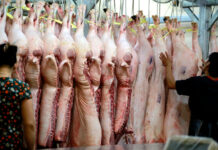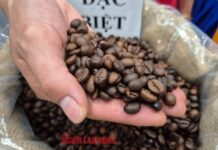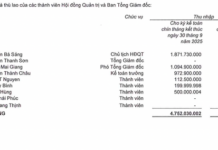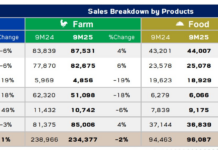In an interview with the People’s Labor Newspaper, Mr. Lai The Hung, Vice Chairman of the Da Lat Flower Association (Lam Dong), predicts that purchasing power for the upcoming 20th of November will be lower than in previous years.
According to Mr. Hung, recent storms have impacted some flower-growing regions in Lam Dong. While supply is still guaranteed, he forecasts a decrease in the availability of flowers typically used for celebrations, such as roses, gerberas, carnations, and accompanying flowers, for the upcoming 20th of November.
Mr. Hung stated that many localities are still focused on recovering from the aftermath of the storms and stabilizing the lives of residents.
Even in unaffected areas, people are inclined to save or donate to disaster-stricken regions, leading to reduced spending on flowers and gifts.

Cut roses in Da Lat. Photo: LE GIANG
Due to the low purchasing power, flower prices are not expected to surge. “Ho Chi Minh City has a high demand for Da Lat flowers. This year, traders are still placing orders as usual,” he said.
Ms. Ho Thi Kieu My, owner of Hong Phuc Orchid Garden (Ho Chi Minh City), mentioned that flower gardens need 2-6 months of preparation for the 20th of November. Late announcements from schools make it challenging for growers to adapt.
Ms. My shared that her Mokara Orchid Garden is currently overflowing with flowers, but traders are not buying due to a lack of demand. The price of long-stemmed Mokara orchids is only 5,000 VND per stem, even cheaper than vegetables (which are rising due to storms), compared to 6,500 – 7,000 VND per stem last year.
Ms. My also noted that while urban agriculture, including flower farming, is encouraged and supported by the government with 100% interest subsidies, many growers will struggle to repay their loans.
Ms. Dang Le Thi Thanh Huyen, owner of a large orchid garden in Ho Chi Minh City, also expressed concern about a surplus of 20,000 Mokara orchid stems due to a frozen market. Prices are expected to drop further to clear inventory, leading to potential losses. Since the COVID-19 pandemic, the flower industry has faced challenges, and consecutive shocks have deterred new investments.




































